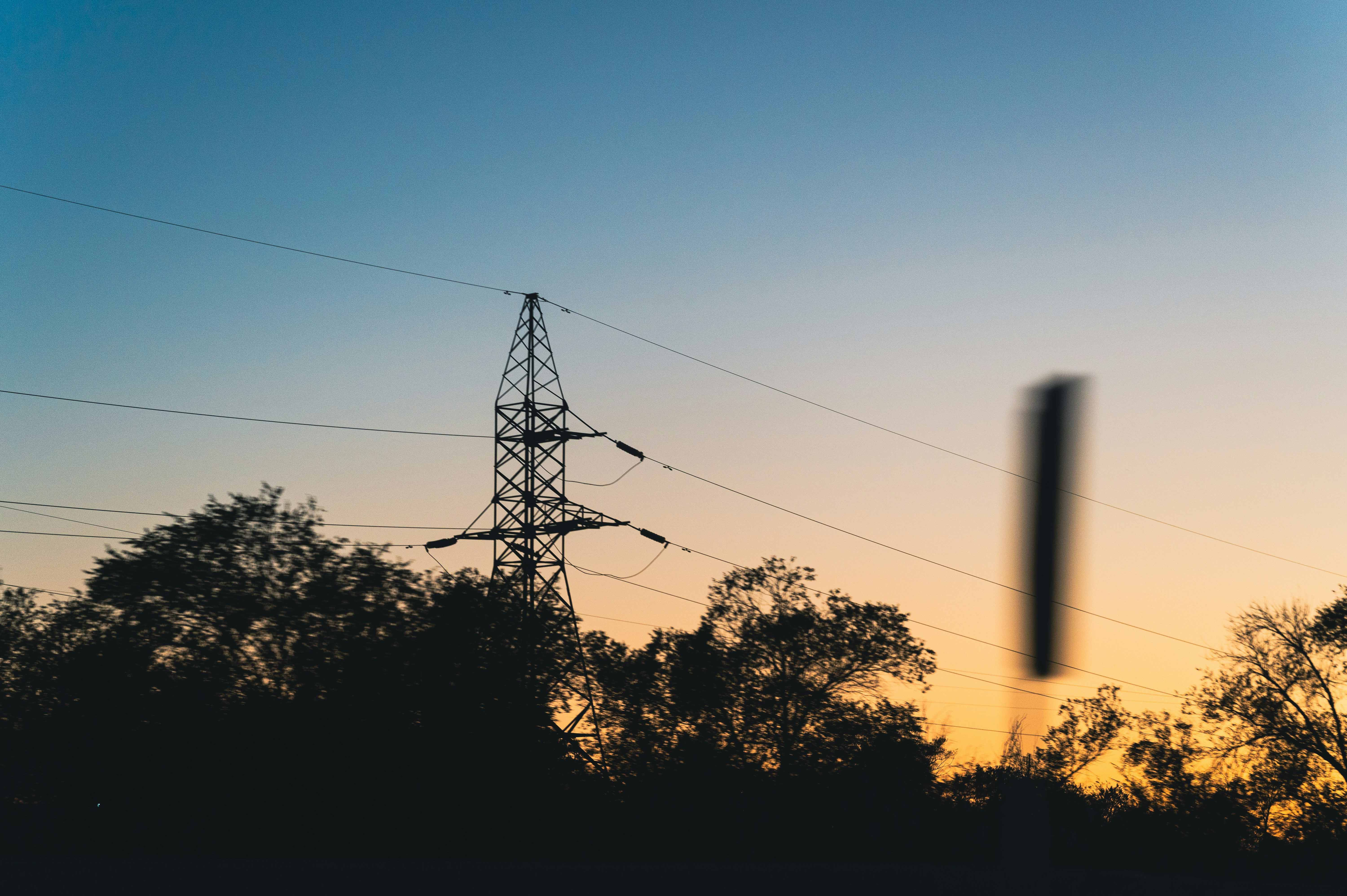UMD Joins Sodium-Ion Battery Alliance for Renewable Grid Energy Storage
The University of Maryland (UMD) joined a research alliance to advance sustainable technologies for grid energy storage, an effort led by the Pacific Northwest National Laboratory (PNNL). The Sodium-ion Alliance for Grid Energy Storage (SAGES) will focus on demonstrating high-performance, low-cost, safe sodium-ion batteries for grid applications to help meet the rising energy demand, expected to double in the next four years. Sodium-ion technology has gained international attention as a viable alternative to lithium-ion batteries for grid-scale applications. The Department of Energy’s Office of Electricity (OE), in collaboration with PNNL, has long envisioned the sodium-ion battery as a cost-effective, sustainable solution for energy storage. The OE has invested funding to advance and commercialize the technology to meet the needs of a resilient, reliable, and affordable grid. The four-year program will integrate the core capabilities of five national laboratories, three universities, and numerous industry partners to investigate sodium battery technologies for stationary applications under OE’s Energy Storage Program. “UMD is excited to be a part of the team by providing electrolytes enabling sodium-ion batteries to achieve long cycle life at a low cost,” said Chunsheng Wang, a professor in chemical and biomolecular engineering and the investigator involved with SAGES. Sodium-ion batteries are emerging as a promising solution for long-duration energy storage for real-world grid applications. Sodium is an abundant, widely available, and cost-effective element. These batteries have high thermal stability, reducing the risk of overheating and fire, making them a practical option for widespread use. However, these have lower energy density and shorter lifespans compared to their lithium-ion counterparts—challenges that SAGES is seeking to overcome. The alliance will conduct systematic characterization and simulation studies to understand failure mechanisms to bridge the knowledge gap between fundamental research and real-world battery performance. By focusing on key areas such as hard carbon anodes, low/zero-nickel cathodes, and high-performance electrolytes, the team aims to advance practical battery technology. The work will also include materials scale-up, fabrication, and testing of pouch cells to meet industry standards, all with the goal of pushing sodium-ion batteries toward commercial viability. SAGES is one of the first missions of the Grid Storage Launchpad, a new, national capability located on the PNNL-Richland campus designed to accelerate the development of advanced battery technologies. This $75 million research facility, funded by OE, brings together all phases of the battery development and deployment cycle, ranging from fundamental materials and device prototyping to 100 kW-scale testing and validation. Participating national labs include PNNL, Argonne National Laboratory, SLAC National Accelerator Laboratory, Lawrence Livermore National Laboratory, and Sandia National Laboratories; academic partners include the University of Maryland, Penn State University, and Virginia Tech. Industry partners are also involved. Recently, SAGES hosted the 9th Annual International Conference on Sodium Batteries 2024, held November 11-14 at the PNNL-Richland campus. The conference will attract global experts in battery technologies and expand the alliance’s network.
Related Articles: November 15, 2024 Prev Next |


